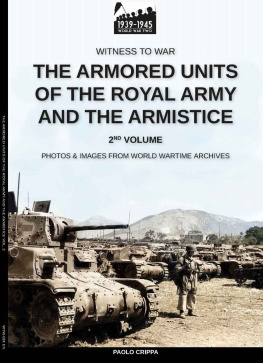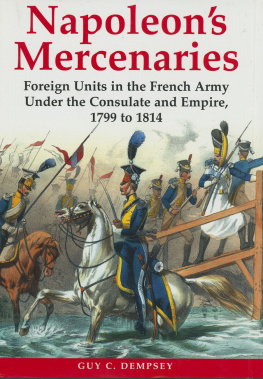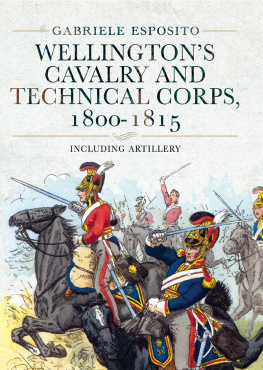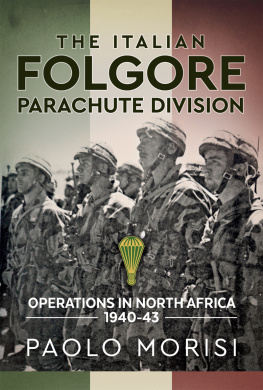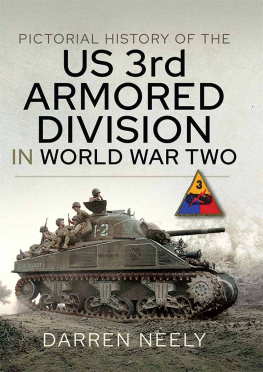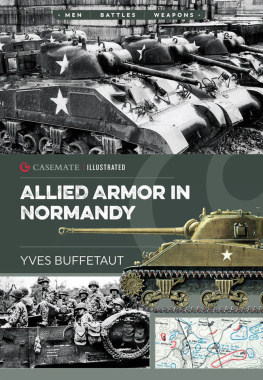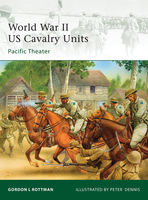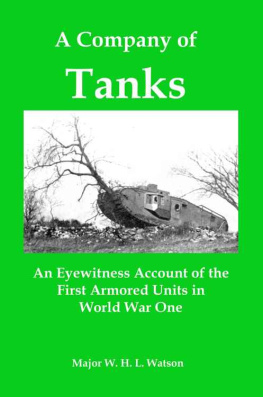THE ARMORED UNITS OF THE ROYAL ARMY AND THE ARMISTICE
VOL. 2
Paolo Crippa
Contents
Introduction
After having described, in the previous volume, the fighting in Rome between 8 and 10 September 1943, which led to the loss of the capital, in the following pages the events that occurred in the city after the cessation of hostilities will be reviewed: the rapid disarmament of the "Piave" Division, which had been entrusted with the control of public order and the transfer of public security functions to the Italian African Police, which operated, even with its armored vehicles, until the arrival of the Americans on June 4, 1944.
The heroic episodes of Resistance that occurred in the rest of the Peninsula will be recalled later, of which the armored units were protagonists, in Piombino, Parma, Piacenza and Sardinia, as well as what happened to the armored units outside the national borders in Dalmatia, Albania, in the Aegean, in Corsica. The text will conclude with the discussion of the (failed) attempts to reconstitute armored units within the Royal Co-belligerent Army and the contribution made by the Tankers to the liberation struggle.
As always, I approach every new research work with enthusiasm and with respect for the events (and above all the people, actors on the stage of History) that I will talk about. But to complete any study this is not enough, documents are not enough, but the contribution that many friends bring, each to a different extent, but all equally valuable, is needed. I would therefore like to remember, in an absolutely random order, Lorenzo Tonioli, Luigi Manes, Antonio Tallillo and Ralph Ricco, who went hunting for photographs from their archives, news, documents, books.
Giovanni and Agostina D'Alessandro also provided pictures of their father, who had fought in Sardinia in the crucial months of 1943. I would also like to thank Colonel Maurizio Parri, who shared memories and photographs of the experience of his father Raffaello, a young officer of the 4th Tank Regiment in Rome and active member of the Resistance in the capital. An important thanks to my friend Niccol Tognarini, whose fundamental contribution was used to reconstruct the events that took place in Piombino between 8 and 10 September 1943, thanks to the generous documentation made available, documentation from the archive of his father Professor Ivano, who for years studied the subject with great passion and whose research work earned him the award of the Gold Medal for Military Valor to the Banner of the Municipality of the Tuscan city for these episodes. I cannot forget the now late Nino Arena and Giorgio Pisan, who generously opened their archives to me.
And finally, thanks to Fabio DInzeo, officer of the Cavalry Army, who" went ahead "in September 2020, for the many news he shared with me over many years of friendship. I dedicate this work to him, happy to have met him and to have had him as a friend, united by the passion for history and model making: we spent many pleasant moments together.
Thank you all!
The author

An AB41 armored car of the Motorcycle Armored Corps loaded on a railway platform ready to be used by the German
armed forces.

Armored cars, tanks and Italian self-propelled vehicles just captured are sent by the Germans on railway trains towards
the front lines.
Rome after the capitulation
After the signing of the surrender of the Italian armed forces on 10 September, the dissolution of the armed units and the establishment of the "Open City" of Rome, as we saw in the previous volume, the Germans maintained a public order service, guaranteed by Italian military. The "Piave" Division was the only large unit not to be obliged to hand over their arms and to be dissolved. The German military leaders in fact destined it to be used as a unit that was to guarantee order in the capital, probably to give the population the impression of a gradual passage of competences and not of a lightning occupation. The "Piave" Division, under the command of Brigadier General Ugo Tabellini, was therefore reorganized, deprived of heavy armament and placed under the orders of the Command of the Open City of Rome. Next to the "Piave" the structure of the Italian African Police was maintained, which was not deprived even of the armored vehicles at its disposal, to the detriment of the Carabinieri, considered by the Germans too close to the reigning House of Savoy and therefore not reliable.. In the days following the Italian surrender, a dozen AS42 vans of the Motorized Assault Battalion (and their crews) were absorbed by the PAI, to prevent them from being seized by the Germans, and a new company was thus established, the 13th, commanded by the Captain Roberto Curcio, also from the Motorized Assault Battalion.
On the other hand, about 300 volunteers of the Arditi Truckers, coming from the 112th Truckers Company of the II Battalion of the X, commanded by Captain Paolo Paris, and by the 133rd Company (formed almost entirely by veterans of the "Young Fascists" Regiment), but also by other soldiers from the newly formed Cyclone Paratroopers Division, came into contact with the 2.Fallshirmjger-Division Ramke and managed to get three members of the unit accepted. The Italian military was divided into two groups and one of these, under the command of Captain Paris, was aggregated to the German Division as an Exploring Group, equipped with some AS42 Metropolitane . The "Paris" Group, as it will later be known, worked for a few days to guarantee the radio broadcasts of the EIAR and, after a short training period, the Truckers followed the 2.Fallshirmjger-Division in Ukraine at the end of October. The unit took part in the harsh clashes sustained dalla Ramke, suffering numerous human losses, including the commander Captain Paris himself; all the vans were lost during the winter, the last ones during the retreat to Romania in spring 1944.
The strange situation created in Rome, with the presence of an entire Italian Division appointed to guarantee order, lasted a few days: on 23 September, in fact, following the declaration of the birth of the Italian Social Republic, generals Calvi di Bergolo, Tabellini and Maraffa (commander in chief of the PAI) were suddenly arrested. The buildings of the "Giulio Cesare" and "Ugo Bartolomei" schools in the Nomentano and Africano districts, where the Regiments of the "Piave" were based, were quickly surrounded by the paratroopers of the VII Regiment of the 2. Fallschirmjger-Division, the Italian soldiers were disarmed and sent to places of detention, while all the materials of the Division were confiscated by the Germanic armed forces and the Division effectively dissolved.
From that date, therefore, the PAI, under the command of General Umberto Presti, remained the only Italian armed unit, together with the reconstituted Police, to garrison Rome with the consent of the Germans, and kept the armored-armored vehicles supplied in perfect efficiency. , which were used for institutional services. The Italian African Police, became the Police Force of the "Open City" of Rome, was headquartered in the "Mussolini" Forum, and its commander, liked by the Germans, managed to weave relations with the anti-fascists and the Roman Resistance. The department continued to carry out its police functions throughout the period of the German occupation of the capital, refusing to replace the stars on the collar with fasces, despite the fact that specific rules had been issued to this effect .
Next page
